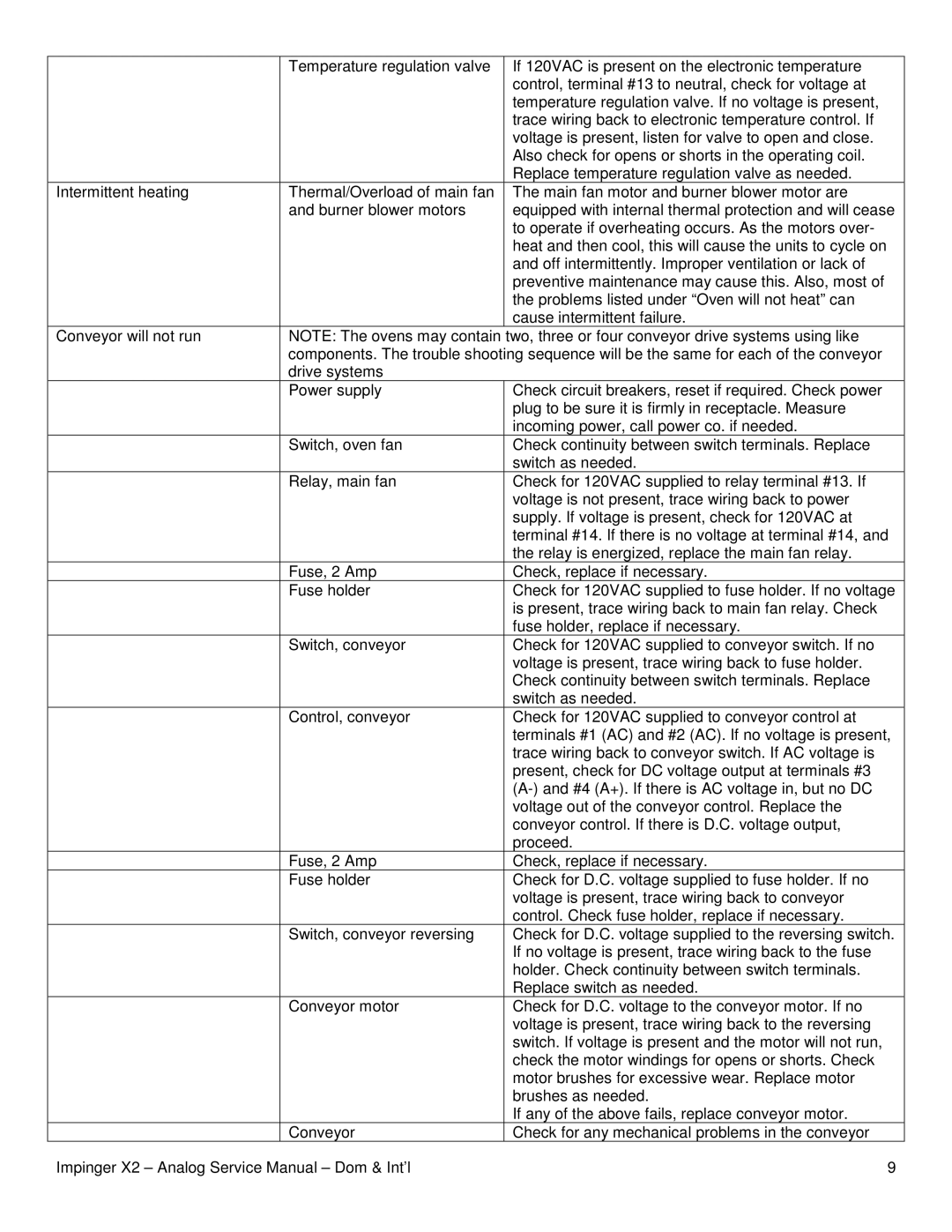3240-2, 3270-2, 3262-2 specifications
The Lincoln 3270-2 is a state-of-the-art welding machine designed for professional welders who require precision, efficiency, and reliability in their welding tasks. This versatile unit is particularly well-suited for MIG and TIG welding, making it an essential tool for both industrial applications and hobbyist projects.One of the standout features of the Lincoln 3270-2 is its advanced inverter technology. Inverter technology allows for a more compact design while delivering high power output. This results in a machine that is lightweight and portable, yet capable of handling demanding welding jobs with ease. The inverter system also enhances efficiency, reducing overall energy consumption while maintaining excellent welding performance.
The 3270-2 is equipped with a user-friendly interface, providing welders with intuitive controls to easily adjust settings such as voltage, wire feed speed, and gas flow. Its digital display allows for quick monitoring of parameters, enabling users to make precise adjustments on the fly. This feature is especially beneficial for novices who may need a bit of guidance while getting accustomed to the different welding processes.
Another notable characteristic of the Lincoln 3270-2 is its compatibility with a wide range of materials and thicknesses. It effectively welds various metals, including mild steel, stainless steel, and aluminum, making it suitable for numerous applications. The machine can effortlessly adapt to a variety of welding tasks, from thin sheet metal work to thicker structural components.
Safety is a top priority in the design of the 3270-2. It comes equipped with several integrated safety features, including thermal overload protection, which prevents the machine from overheating during extended use. This attention to safety helps to protect both the welder and the equipment, ensuring a reliable and long-lasting machine.
In addition to its impressive technical specifications, the Lincoln 3270-2 boasts exceptional build quality. The robust construction of the unit ensures it can withstand the rigors of a busy workshop or job site. Its durable outer casing provides protection against dust and debris, enhancing its longevity.
With its combination of portability, advanced technology, user-friendly interface, and robust performance, the Lincoln 3270-2 stands out as an ideal choice for professional welders. Whether for fabricating, repairs, or maintenance, this welding machine is designed to meet the high demands of modern welding practices, delivering both efficiency and superior weld quality.
